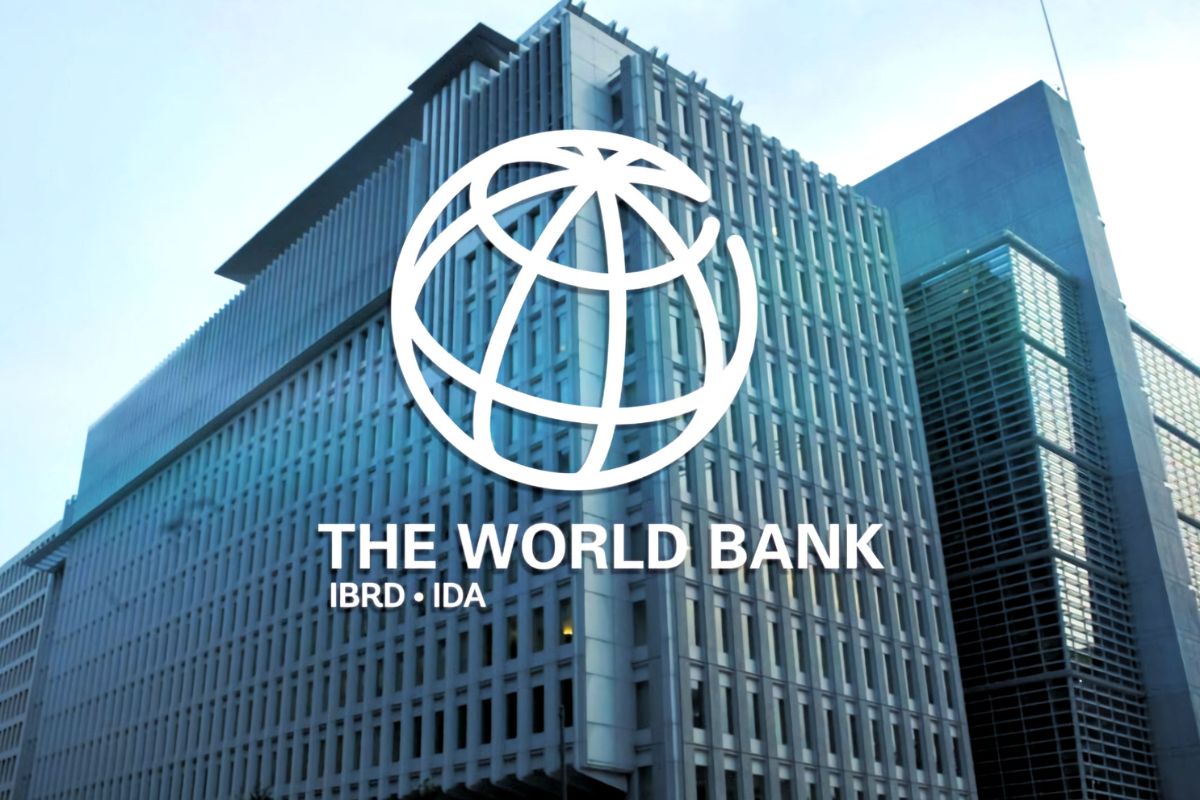World Bank Warning: In a time where economic uncertainties loom large, the World Bank’s latest warning on the burgeoning debt crisis within emerging economies has sent shockwaves through global financial markets.
The urgent call for rapid growth to address the mounting debt dilemma has sparked debates on the feasibility of such a solution amidst escalating borrowing costs and sluggish economic recovery.
As policymakers grapple with the implications for debt restructure and the G20’s proposed Common Framework, the fate of these economies hangs in the balance, leaving stakeholders questioning the sustainability of current growth trajectories.
World Bank’s Warning on High Borrowing Costs
Is the World Bank’s alarm on soaring borrowing costs signaling an impending economic crisis for emerging economies?
The recent warning issued by the World Bank has sent shockwaves through the financial world, raising concerns about the sustainability of debt levels in developing nations.
The spotlight is now on the significant impact that elevated borrowing costs could have on the economic growth prospects of these countries.
With international bond sales from emerging market governments hitting record highs, the risks associated with these transactions are becoming more apparent.
The case of Kenya, which recently issued bonds at a staggering rate exceeding 10%, serves as a stark example of the challenges ahead.
Such high borrowing costs are not only unsustainable but also pose a serious threat to the overall financial stability of the country.
As the World Bank urgently calls for action to address these issues, the question remains: will emerging economies be able to navigate through this debt dilemma unscathed, or are we on the brink of a major economic crisis?
Also Read: World Bank Climate Awakening: President Ajay Banga’s Vision to Combat Global Crisis
Global Economic Challenges and Debt Levels
The escalating global debt levels, reaching a staggering $313 trillion in 2023, underscore the looming economic challenges faced by emerging economies amidst a backdrop of unprecedented uncertainty. As the world grapples with this financial burden, it is imperative to delve into the intricate web of global economic challenges and debt levels. Here are some key points to consider:
- Record-Breaking Debt: The Institute of International Finance reveals that global debt has hit an all-time high, painting a grim picture of the financial landscape.
- Strained Debt-to-GDP Ratios: Emerging economies are particularly vulnerable, with their debt-to-GDP ratios soaring to fresh peaks, signaling potential economic strains on the horizon.
- Weak Global Economic Prospects: The World Bank’s Global Economic Prospects report paints a bleak picture, forecasting the weakest half-decade performance in 30 years, further exacerbating the challenges faced by emerging economies.
- Lack of Recovery Post-COVID: A third of emerging economies are still reeling from the impacts of the COVID-19 pandemic, highlighting the long road to economic recovery ahead.
These alarming trends demand immediate attention and strategic interventions to steer the global economy towards stability and growth.
Implications for Growth, Debt Restructure, and G20’s Common Framework
Implications of the growth slowdown present a looming dilemma for emerging economies, prompting considerations for debt restructuring and the efficacy of the G20’s Common Framework in addressing debt distress. The World Bank’s warning about the challenges in meeting crucial spending goals on education, health, and climate due to the growth deceleration adds to the urgency.
Should growth continue to stagnate, the specter of debt restructuring looms large, with possibilities such as maturity reprofiling and negotiations for debt write-offs with creditors becoming increasingly likely. However, the effectiveness of the G20‘s Common Framework, envisioned as a tool to alleviate debt distress, is under scrutiny. Delays in its implementation, as exemplified by Zambia’s prolonged default status, raise questions about its practicality and impact.
As high debt levels persist and hinder global economic recovery, the need for swift and decisive action in restructuring debts and revitalizing growth becomes paramount. The stakes are high, and the time for bold solutions is now.
News In Brief
The World Bank’s stark warning on surging borrowing costs in emerging economies has rattled global financial markets. With international bond sales reaching record highs, the risks of unsustainable debt levels are glaring. The urgency to address this debt dilemma raises concerns about economic stability, exemplified by Kenya’s recent bond issuance at an alarming rate exceeding 10%. As global debt hits a record $313 trillion, emerging economies face strained debt-to-GDP ratios and weak prospects. The World Bank’s call for action amid a forecasted weakest half-decade performance in 30 years underscores the pressing need for strategic interventions and debt restructuring to navigate through economic challenges and spur growth.
Our Reader’s Queries
Q1 What is the World Bank growth forecast?
A The World Bank’s recent projections indicate a probable deceleration in the growth of most economies in 2024 and 2025 compared to the decade preceding the COVID-19 pandemic. Gill cautioned that without “corrective action,” global growth is anticipated to persist “well below potential” for the next five years.
Q2 What is the World Bank Outlook 2023?
A The World Economic Outlook Update for January 2023 predicts a decline in global growth to 2.9 percent in 2023, followed by a rise to 3.1 percent in 2024. While the 2023 forecast is 0.2 percentage points higher than the October 2022 projection, it remains below the historical average of 3.8 percent.



